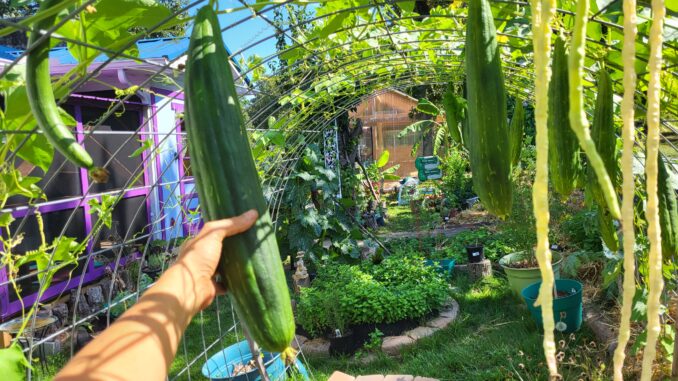
Perhaps you’ve heard of loofah in beauty circles, or heading down the personal care isle at the grocery store? But what if loofah is not one of those plastic scrubbies from a chemical plant, but instead an edible vegetable from a vine plant (cucumber) that turns to a sponge in it’s maturity? And no, while they are also living organisms, I’m not talking about a sea sponge. 🙂 Without going into all the details here, I would definitely recommend reading the downloadable pdf at this link to learn more about it’s fascinating history and uses!

Loofah enjoys long hot growing seasons (6 months or more), so if you’re not living in a tropical climate where it grows abundantly and naturally, you may have never heard of it and got suckered into the plastic kind. That’s why being able to grow them in the Ozarks without even having a full season is one of my greatest achievements this summer, after such a horrific drought that led to many farmers having to give away or kill their livestock as their pastures and ponds dried up with thousands of gardeners state wide throwing in the towel…pun intended. 🙂 I started this season with an entire pie plate full of seeds, even after giving away tons, that I completely went through planting and replanting over and over and over this year. I went through well over a full month of watering every single day, up to 15 hours, or when the well would run dry, which happened 6 times. By the time I moved the hose around to the start of where I began watering, babies were already shriveled up and dead, and all my hundreds of loofah seed plantings were gone. The good news is I kept up with it and tossed my last loofah seeds and a prayer in the midst of the bleak once in a lifetime Ozark drought, even working 20 hours a day for over 2 months in a row! Now I have even MORE loofah, even larger than they were last year, despite having a full growing season last round. 🙂
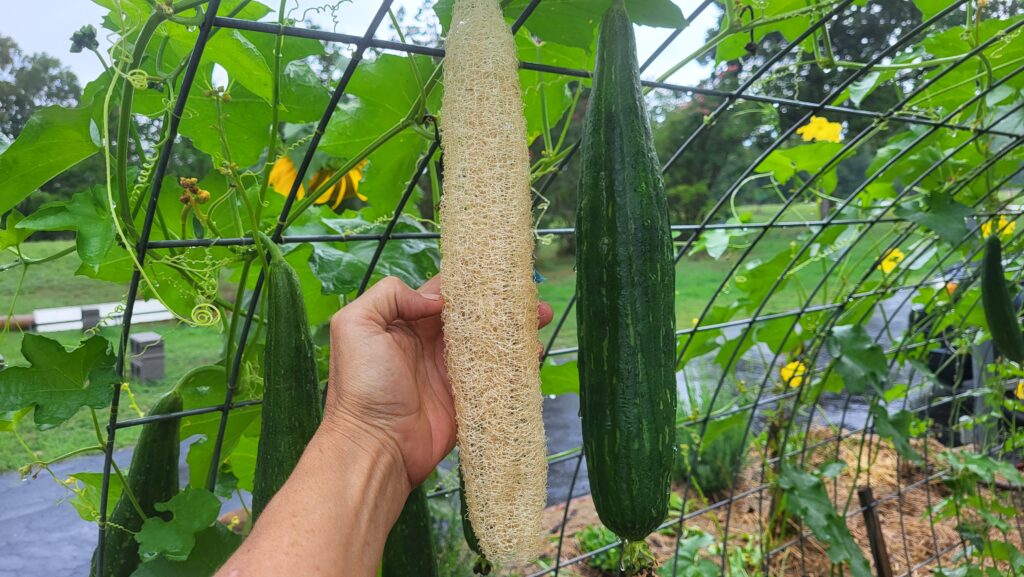
So yeah, I’m a little proud and thought I should share, mainly because I had no idea how many people didn’t know what real loofah even was. It’s hilarious watching so called beauty experts calling plastic sponges loofah, but it’s not the first time corporations have replaced Nature. For the record, “loofah” might not even be the proper spelling. Some spell it luffa, while others just call it a sponge gourd. And while it’s in the cucumber family, it tastes more like a zucchini, summer squash or even eggplant after cooking. We don’t actually care about the proper name here, we love it no matter what it’s called! And the fact that I can grow my own towels and sponges, lessening my dependence on store bought corporate chemical plant products really tickles me! 🙂 By no means is this a complete guide to loofahs, so please check that link above for a more comprehensive guide to it’s history and uses.
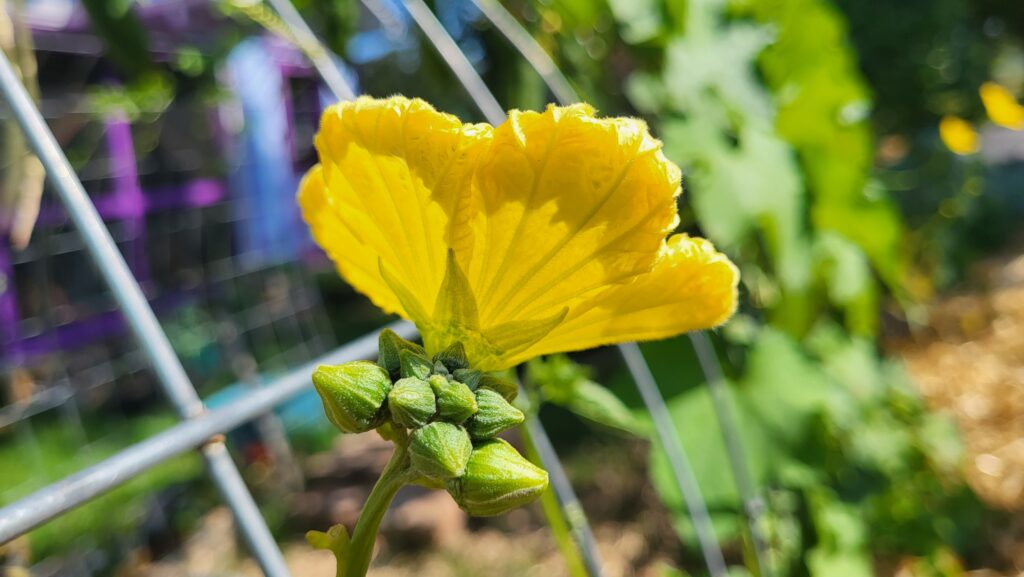
Let’s do a little study on the birds and bees of loofah. Like a peacock, the male flowers are incredibly beautiful and showy, especially if you’re into sacred geometry, but these beautiful flowers are not what actually blooms. And if you aren’t opposed to natures potty humor, the female flower is the penis looking growth. 🙂 The jokes on us!
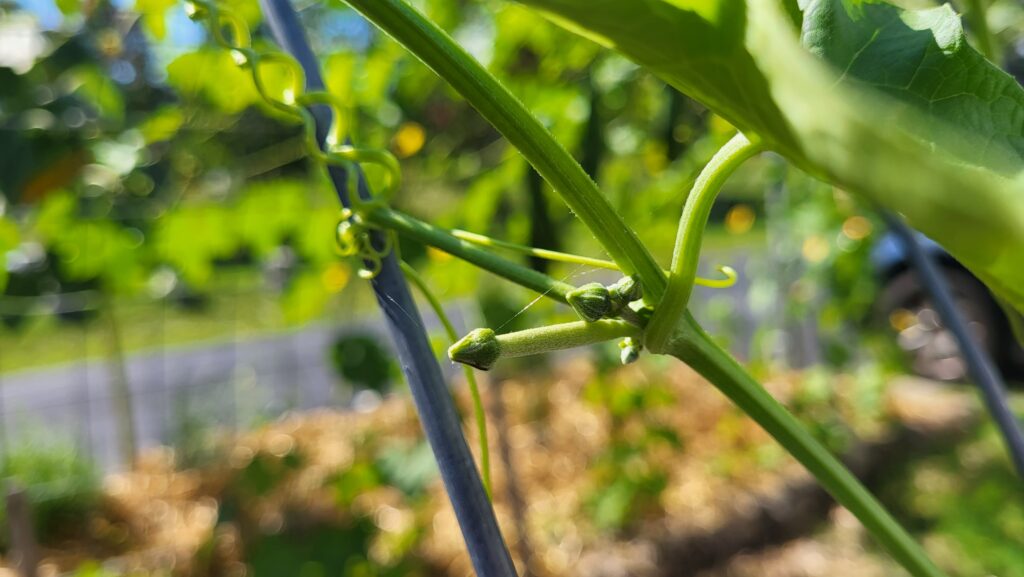
The male and female flowers usually grow together, perhaps to assist in pollination? It appears that of all the squash plants I have ever grown that the pollination rates on loofah far exceed the pollination rate of other squash family plants. Let’s take a closer look of what the young flowers look like. And did I tell you how delicious the flowers are??? It is my favorite of ALL squash vine flowers I have ever tasted!!! Just right off the vine!
And while I might be proud of my loofah tunnel this year, in warmer climates with longer growing seasons, they can literally get 3 feet long!!! I hope to be able to see that one day, especially now that I have a solid greenhouse to to get an earlier start on them even though they aren’t a fan of transplanting, but if you plant them in toilet paper rolls that you can put directly in the ground without disturbing their roots, you should be good. One thing to consider when you are growing them is that they take a long while to germinate and start producing flowers, so please don’t give up on them because once they DO start, they will easily out bloom probably most, if not all your other plants! 🙂 Keep in mind they will NOT make it through a frost, so if you do get an early cold spell in your region, you will want to harvest whatever is on the vine just before or after. The longer on the vine, the better, in fact if you can wait until they are yellowish and start to brown, that would be the ideal time to harvest. When in zones 6-8 they might not get as large as they would in climate zones 8-10, but I’m not complaining in zone 7!
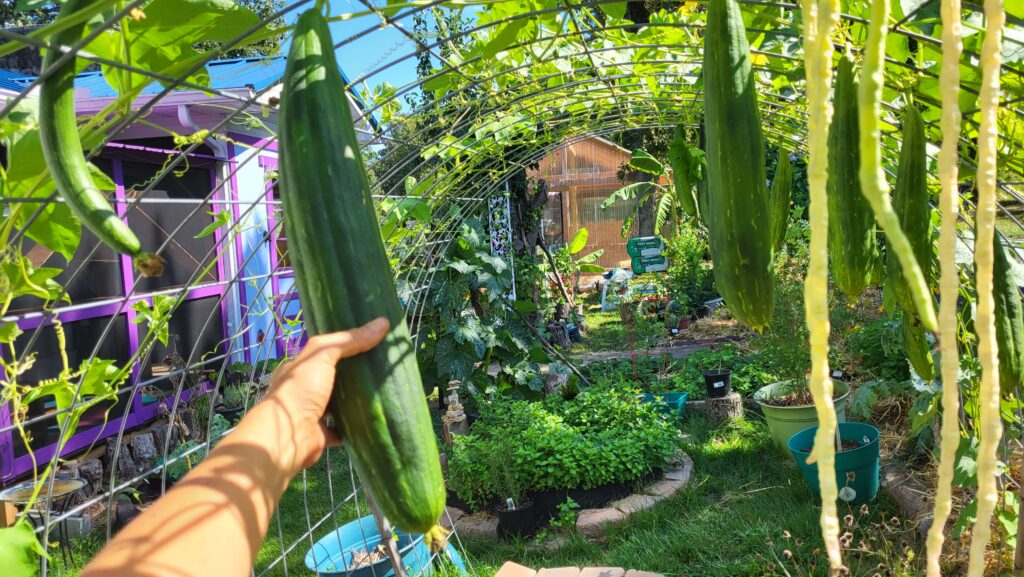
I put my loofah tunnel in the front of the house so that people could easily drive through and pick their own loofah quick. I also love this being the first thing I see when I pull in the driveway. It’s just so magical walking through these tunnels!!! 🙂 I will leave these on the vine as long as possible and do a follow up tutorial on how to get the sponge out when our frost time comes. Generally, they are easier to peel while greenish yellow than they are when fully dried and brown, as they can get pretty brittle the longer they dry intact. However the seeds will be nice and ready to shake out, or even be used as a musical instrument! 🙂 And since I have to harvest some of mine while they are still green and not full grown, I just set them by the fireplace to dry out so I can peel later. If they are too green, they will feel a bit mushy, even soapy like while washing and deseeding. Of course when you peel is a choice you have to make based on your schedule, zone and how mature they are at your first frost.
Here is a photo taken TODAY while writing this of what my sponge from last year looks like after several months of scrubbing dishes with it. And keep in mind this was one of the half rotted smaller leftovers from last seasons crop you can see on the left side of the photo on the left above. Not bad, especially considering how many dishes I do here! And it’s still in tact! If it was your average plastic store bought 3M sponge, I would have gone through 10 by now! And they don’t stink like the grocery store sponges do! 🙂 They also make great exfoliating bath sponges, replacing your gross plastic ones that never dry in the center, being a breeding ground for bacteria. You can also slice them up and pour over them in your soap molds so you have a soap and sponge all in one. 🙂 And if you have kitties, they may fight you for them! haha They seem to be equally as fascinated by these as I am.
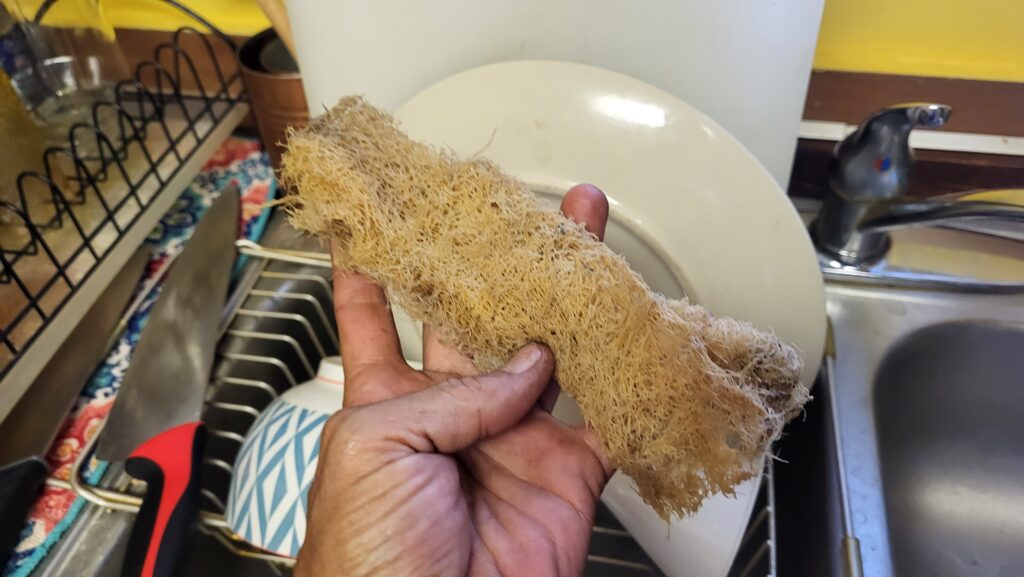
Before I close I’m gonna share a few more photos of my beautiful loofah tunnel and if you would like to secure a loofah this fall or seeds for next year, you can find them in the store here!
If you were gonna eat loofah, you would want to harvest them at about 8 to 12 inches. While they taste more like zucchini, they have a cucumber like flavor to it. They are best eaten sauteed when about this size.
I hope this clears up the confusion about what a loofah really is and encourages you to try to grow some of your own! This is truly a unique and wonderful addition to any garden and I wish you all the magical blessings that come with growing loofah! 🙂



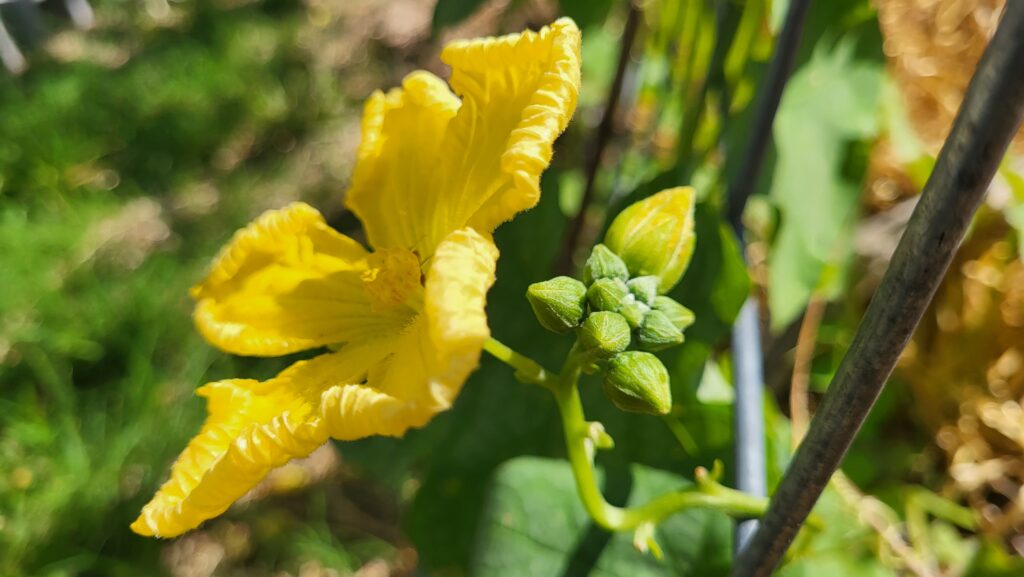
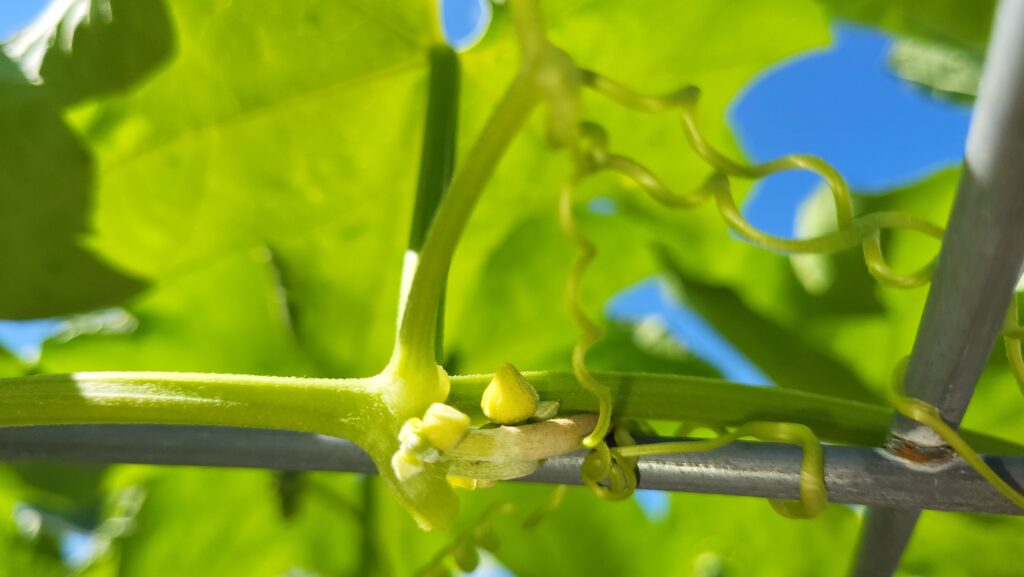

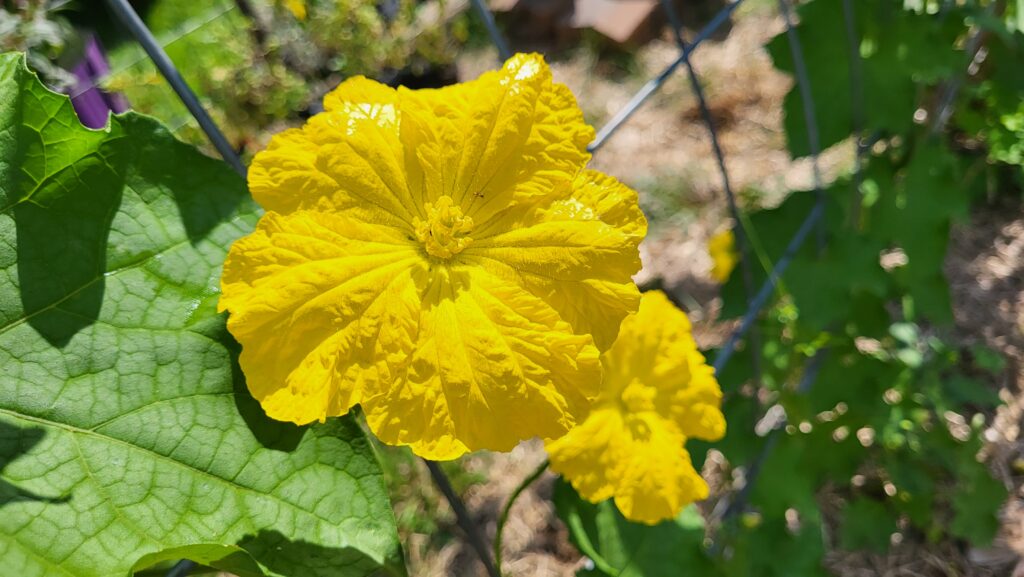
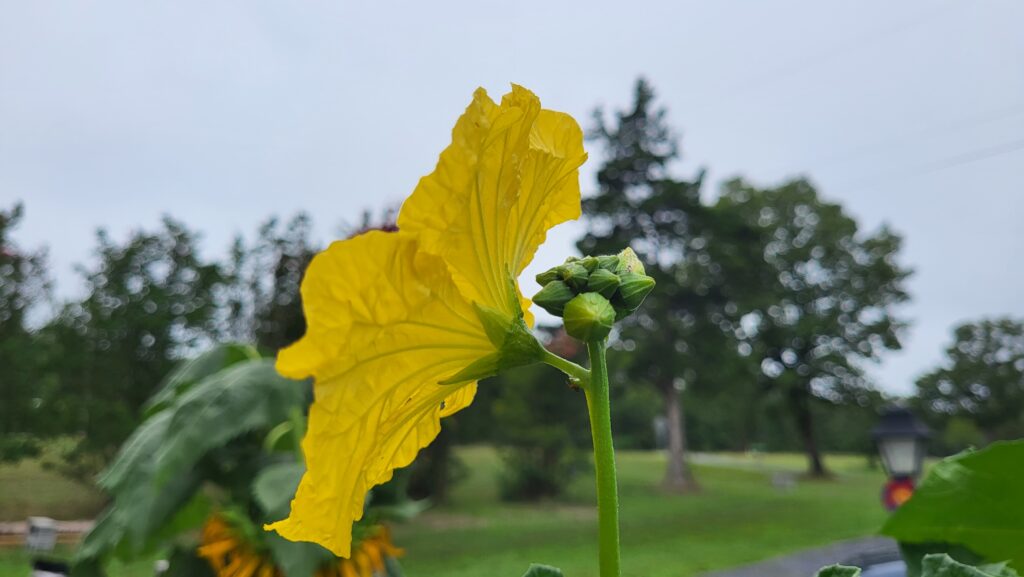
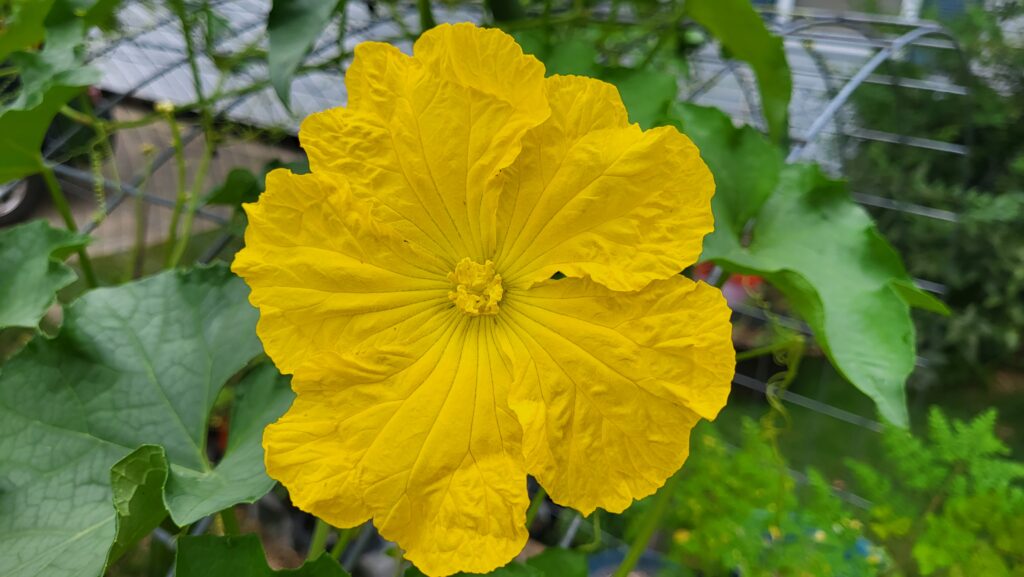
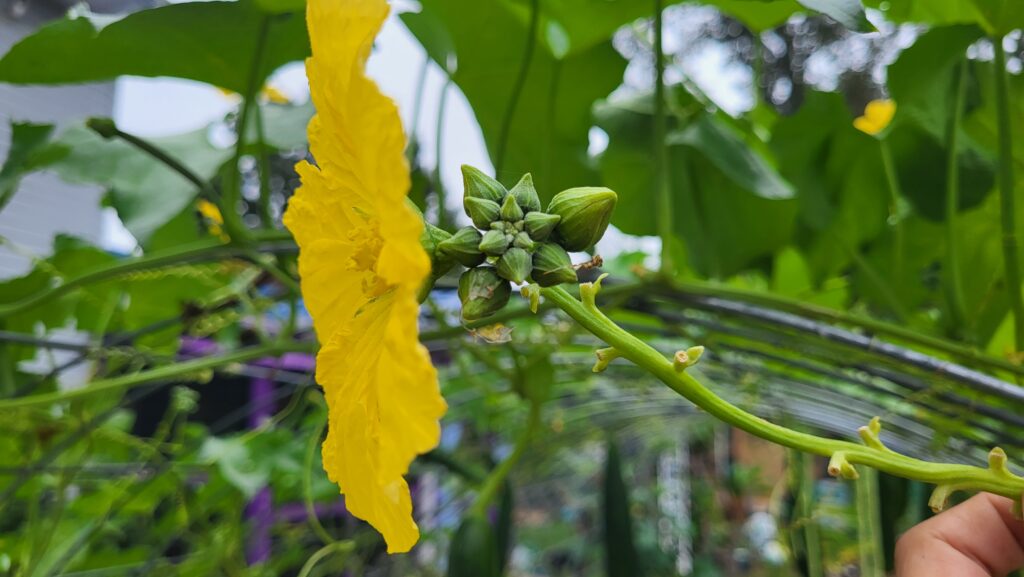
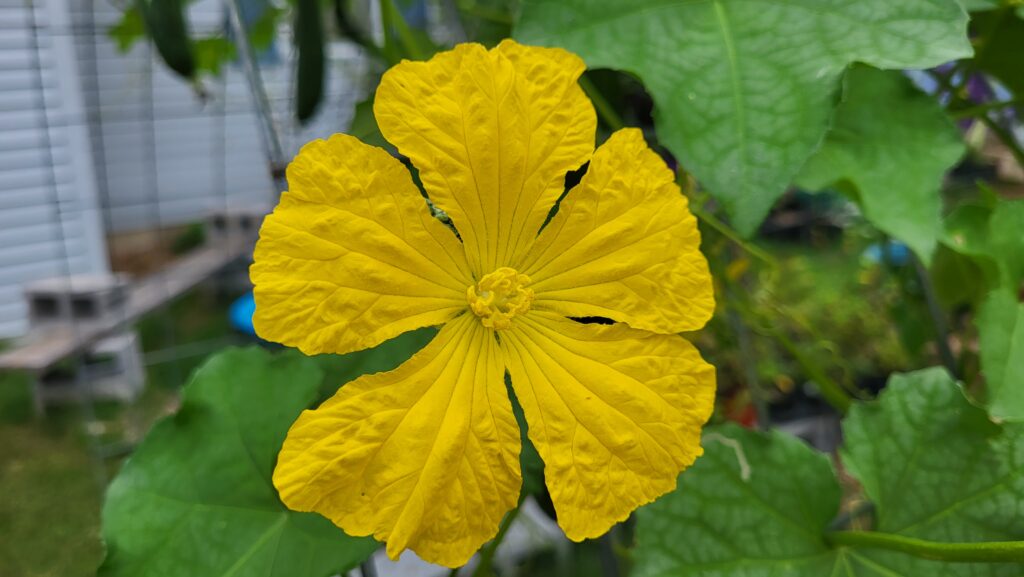
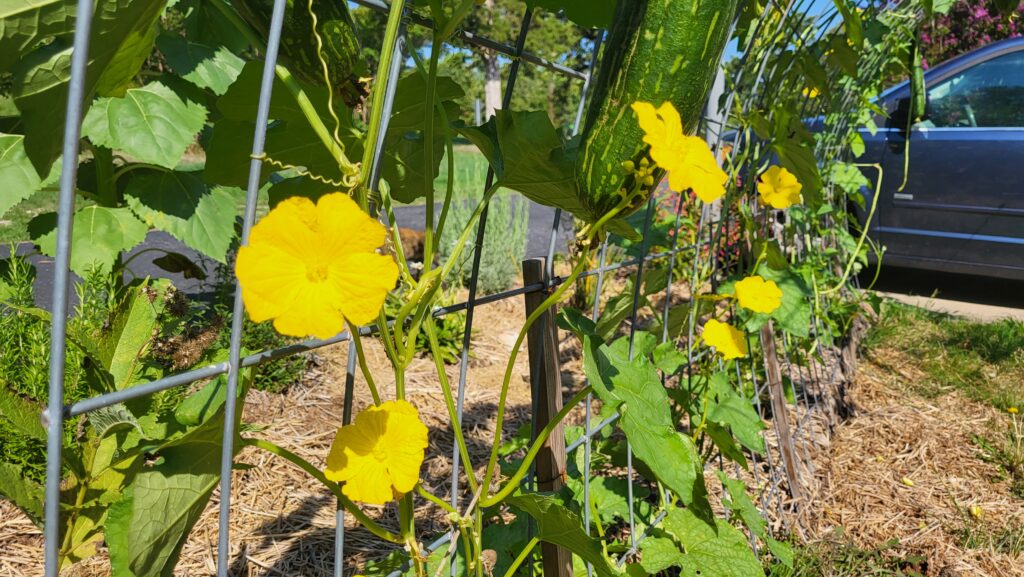
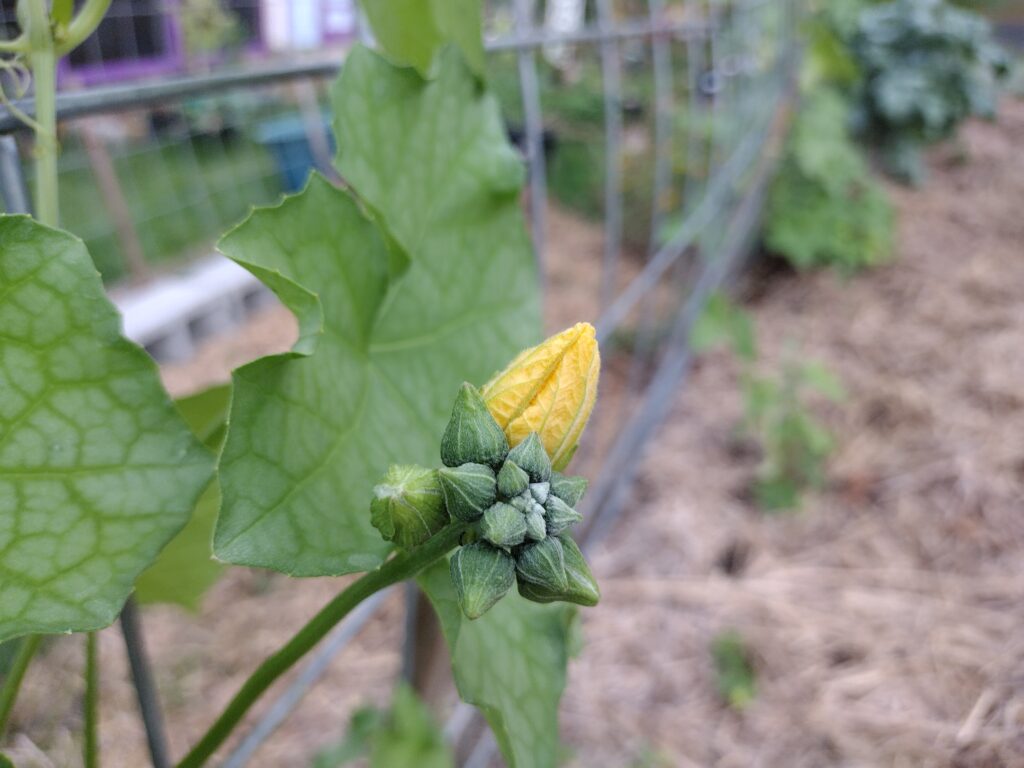
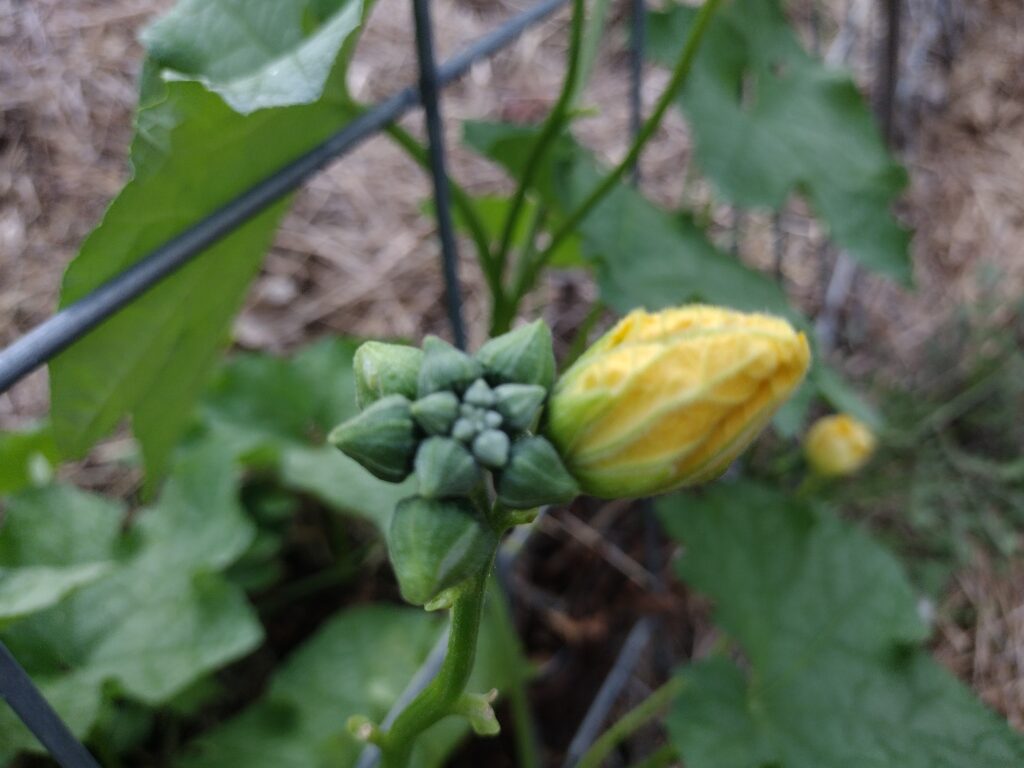
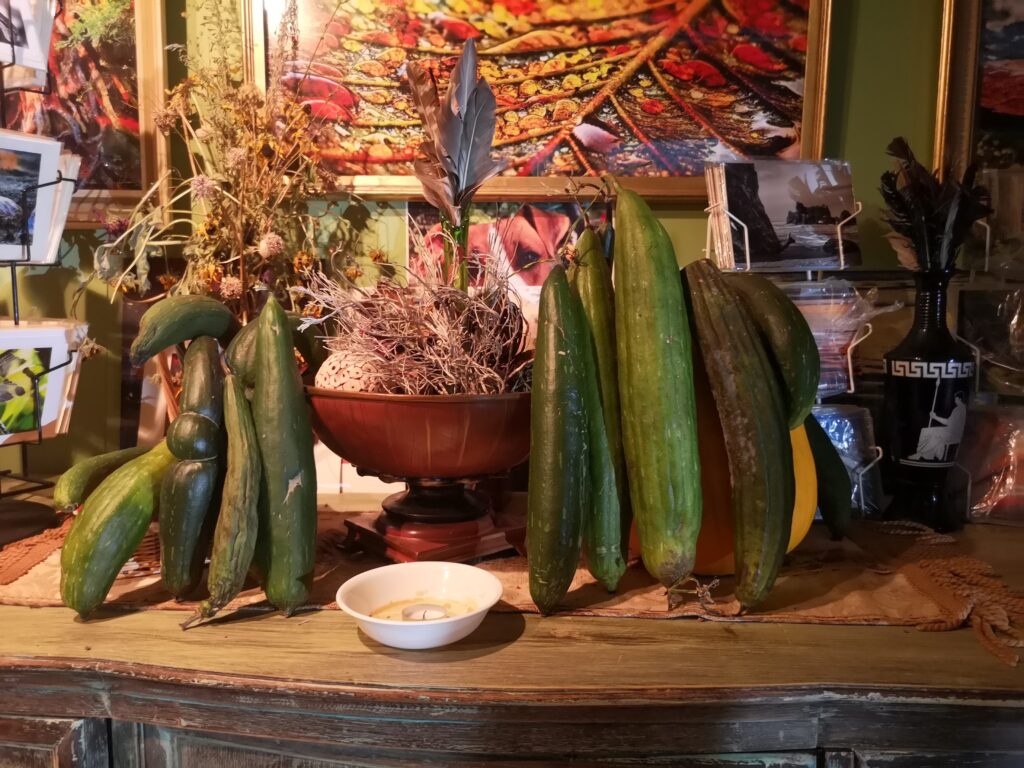
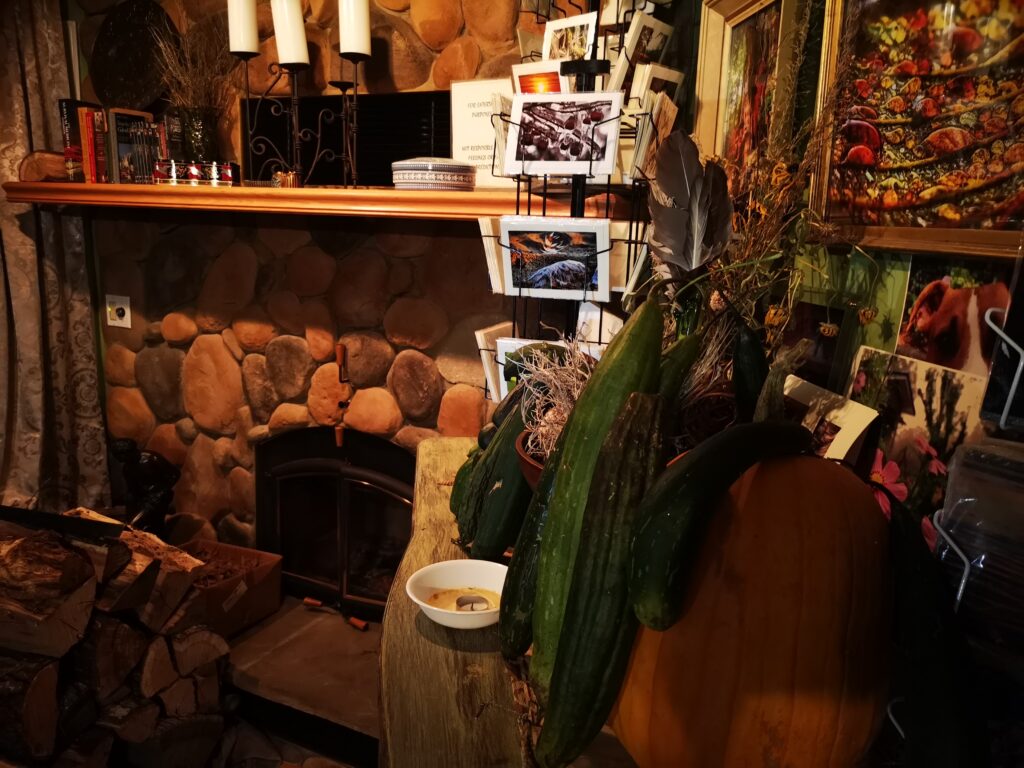
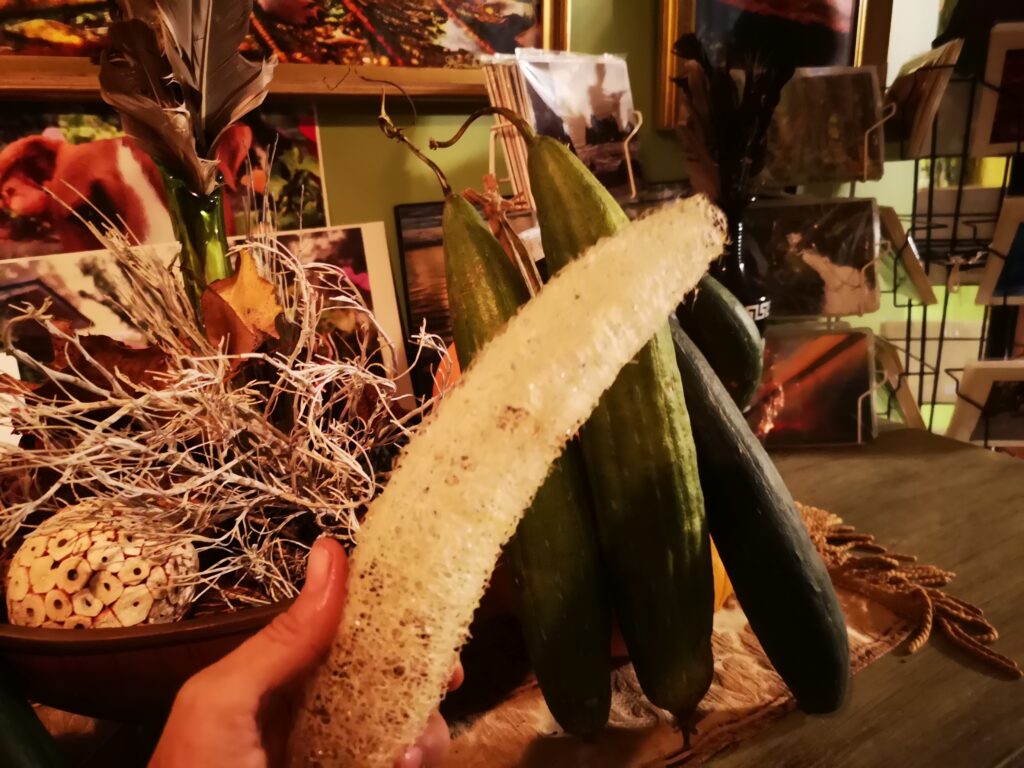
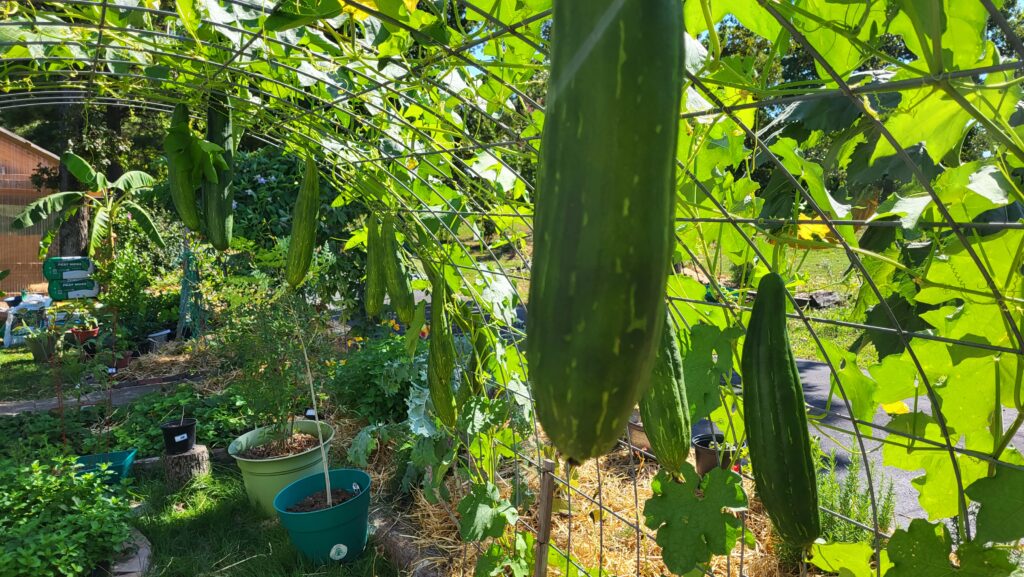
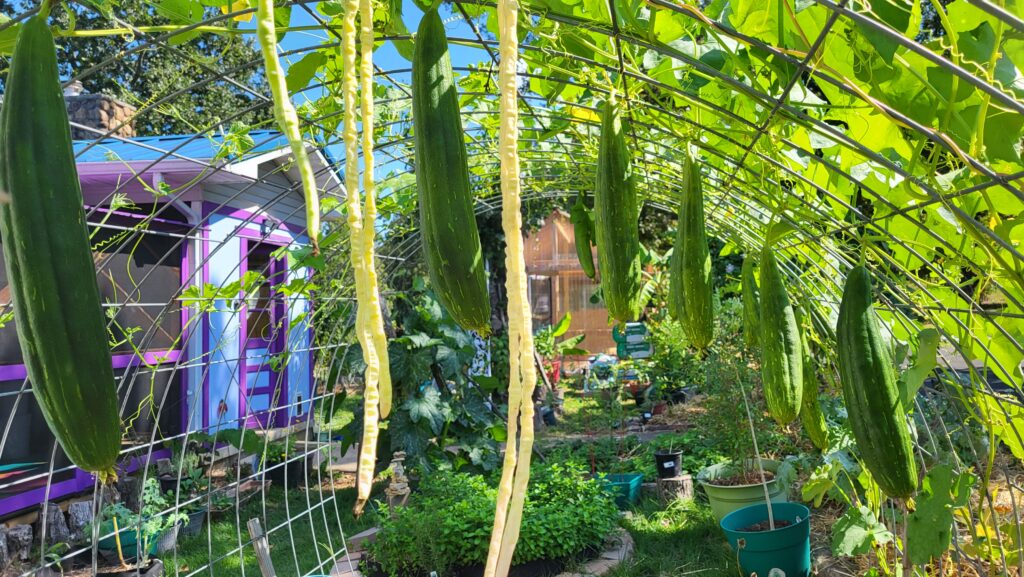
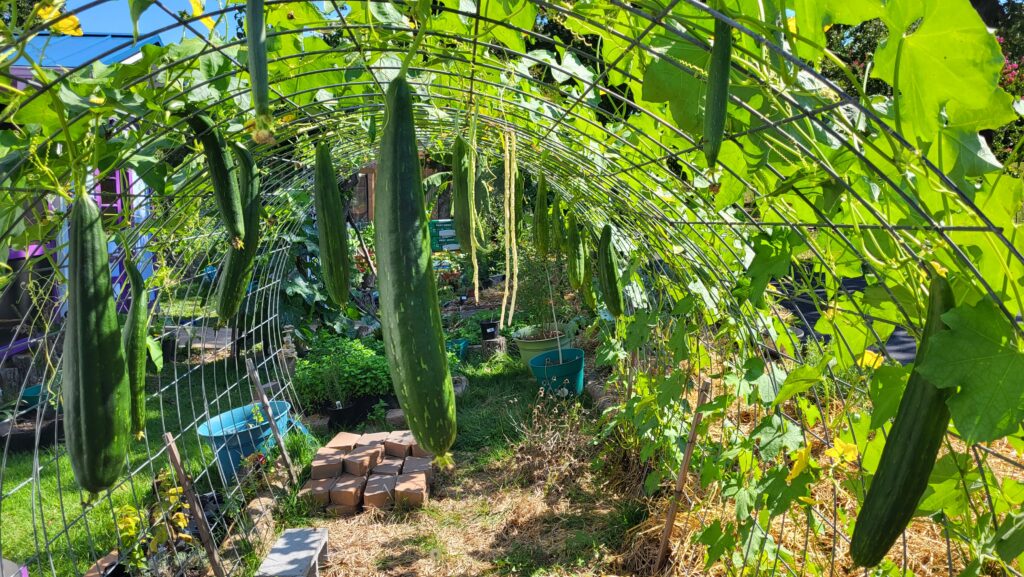
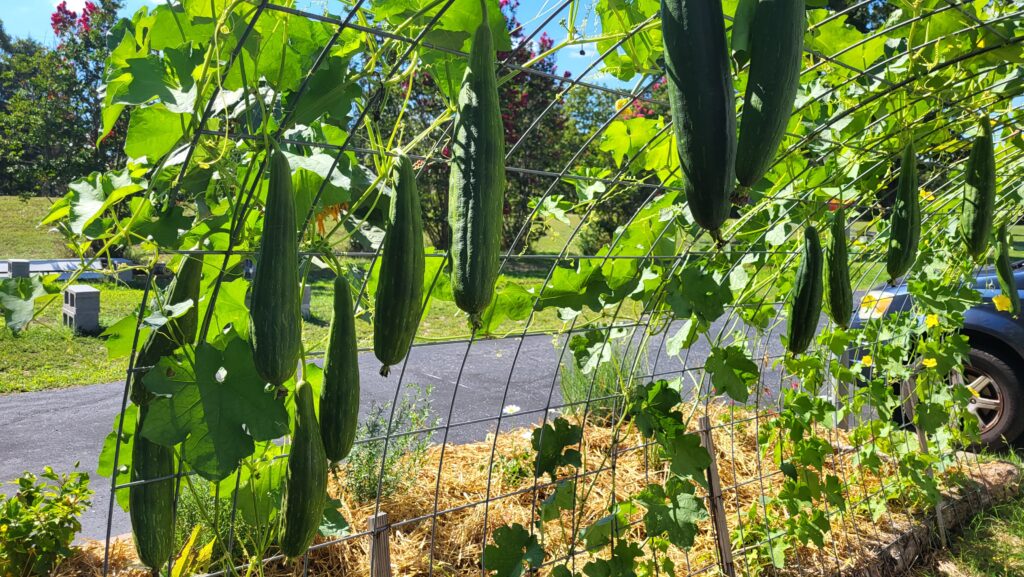
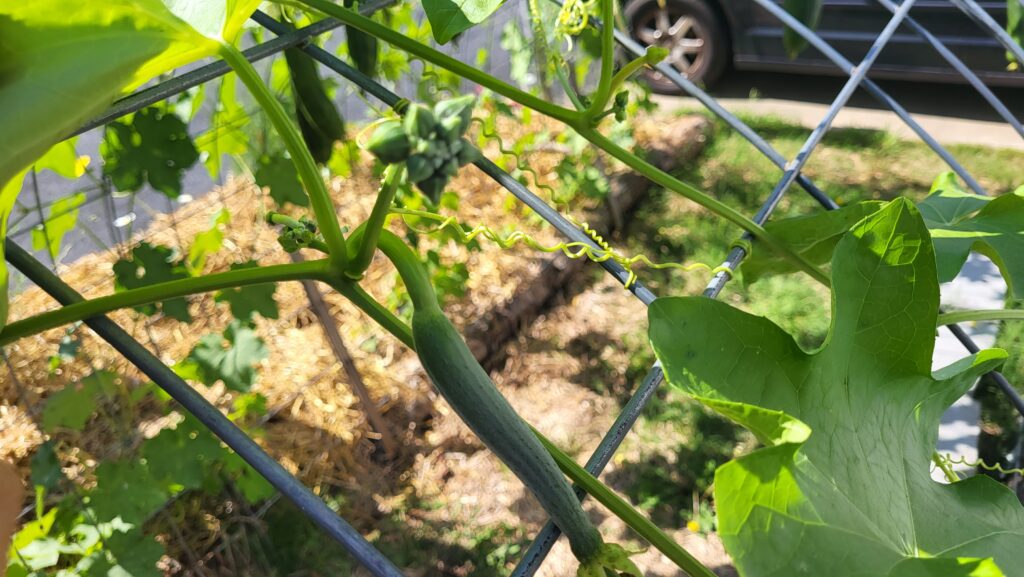
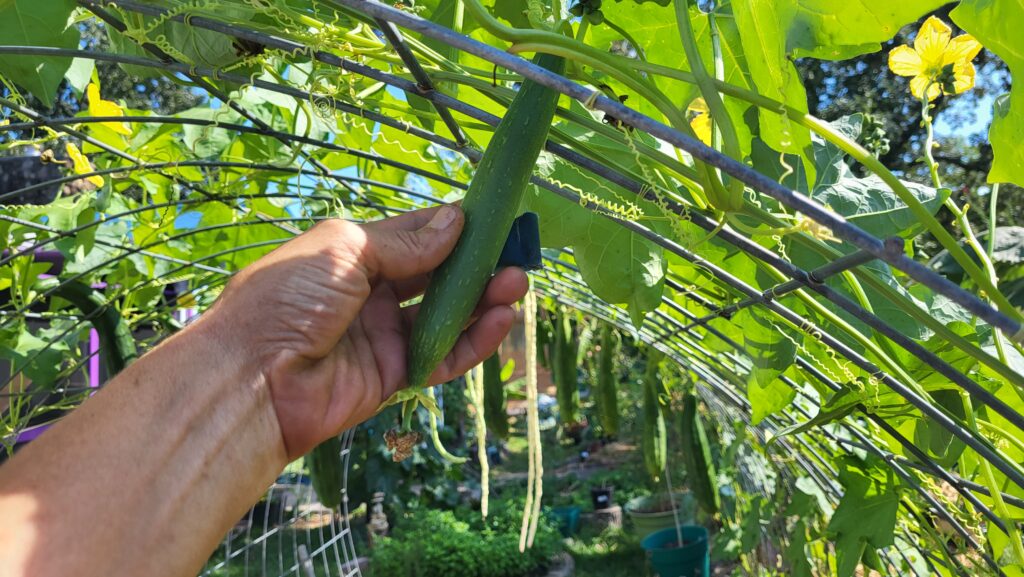
Be the first to comment